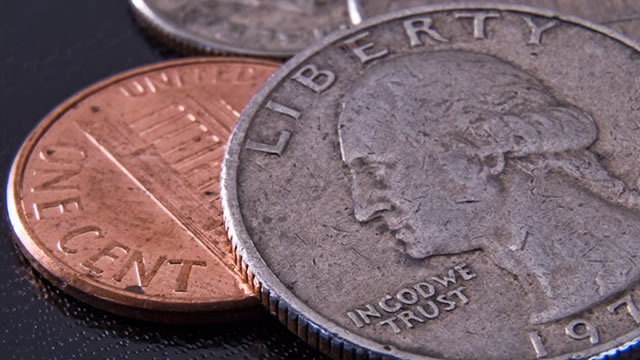Are Higher Interest Rates on the Horizon?
A Change in the Federal Reserve’s Outlook
Just a few weeks ago, the path ahead for the Federal Reserve looked straightforward: With inflation cooling and the job market slowing, the Fed appeared on track to steadily cut interest rates. In September, its officials predicted that they would reduce their benchmark rate four times next year, on top of three rate cuts this year.
Yet that outlook has swiftly changed. Several surprisingly strong economic reports, combined with President-elect Donald Trump’s policy proposals, have led to a decidedly more cautious tone from the Fed that could mean fewer cuts and higher interest rates than had been expected.
Fewer rate cuts would likely mean continued high mortgage rates and other borrowing costs for consumers and businesses.
As the Federal Reserve shifts its stance on interest rates, the implications for the economy become more uncertain. Higher interest rates could potentially slow down economic growth as borrowing becomes more expensive for businesses and consumers. This could lead to decreased spending, investment, and overall economic activity.
However, higher interest rates could also indicate a strengthening economy, as the Fed may be responding to signs of inflation and robust growth. This could signal confidence in the economy and potentially lead to more stable long-term growth.
Overall, the changing outlook for interest rates highlights the delicate balance that the Federal Reserve must maintain in order to support economic growth while also controlling inflation.
How this will affect me:
If interest rates continue to rise, borrowing costs for consumers may increase, leading to higher mortgage rates, auto loan rates, and credit card interest rates. This could make it more expensive to finance major purchases and could impact your overall spending habits.
For businesses, higher interest rates could mean increased borrowing costs and potentially reduced investment in new projects or expansion. This could have implications for job growth and overall economic activity in your area.
How this will affect the world:
The Federal Reserve’s decision on interest rates can have far-reaching effects on the global economy. Higher interest rates in the United States may attract foreign investment and impact currency exchange rates. This could have implications for international trade and financial markets around the world.
A shift in U.S. interest rates could also influence the policies of other central banks and impact global economic growth. The interconnected nature of the global economy means that changes in one country can have ripple effects across borders and regions.
Conclusion
The Federal Reserve’s changing outlook on interest rates underscores the complexities of monetary policy and its impact on the economy. As the Fed continues to monitor economic data and assess the effects of various factors, it will be important for consumers and businesses alike to stay informed and adapt to potential changes in borrowing costs and overall economic conditions.





